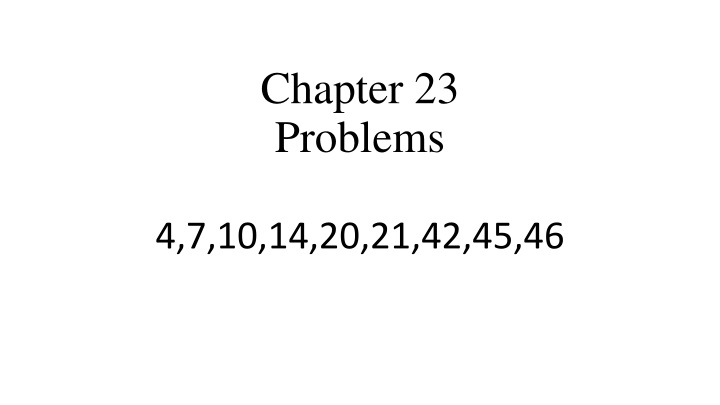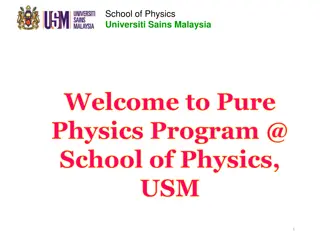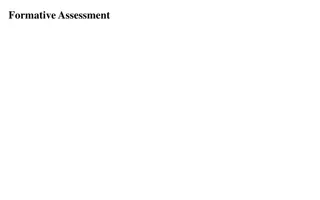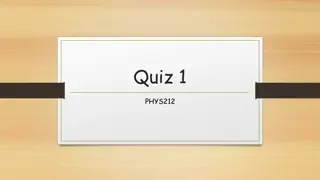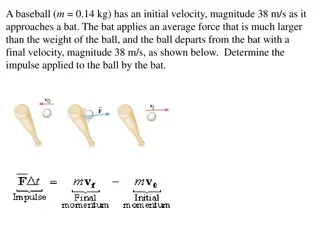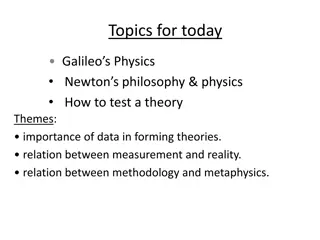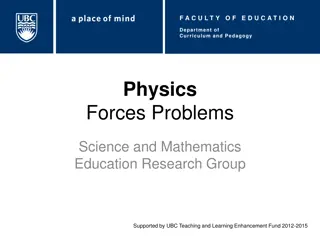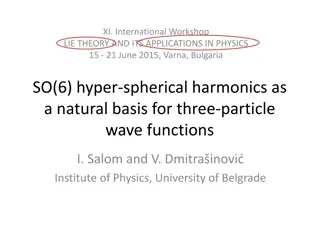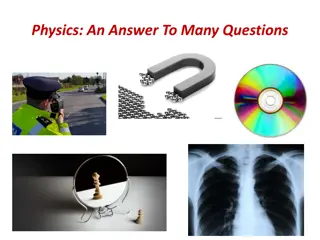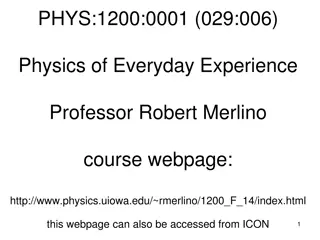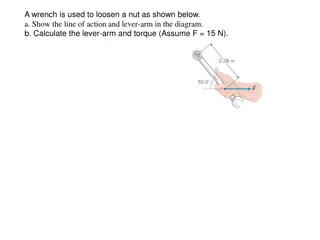Physics Chapter 23 Problems Solutions
Explore solutions to various physics problems from Chapter 23, including calculating electric forces between protons, resultant electric force on charges, mass of charged objects in electric fields, electric field and forces between point charges, and calculating particle speeds in electric fields.
Download Presentation

Please find below an Image/Link to download the presentation.
The content on the website is provided AS IS for your information and personal use only. It may not be sold, licensed, or shared on other websites without obtaining consent from the author.If you encounter any issues during the download, it is possible that the publisher has removed the file from their server.
You are allowed to download the files provided on this website for personal or commercial use, subject to the condition that they are used lawfully. All files are the property of their respective owners.
The content on the website is provided AS IS for your information and personal use only. It may not be sold, licensed, or shared on other websites without obtaining consent from the author.
E N D
Presentation Transcript
Chapter 23 Problems 4,7,10,14,20,21,42,45,46
4. typically separated by a distance of 2 10 15 m. The electric repulsion force between the protons is huge, but the attractive nuclear force is even stronger and keeps the nucleus from bursting apart. What is the magnitude of the electric force between two protons separated by 2.00 10 15 m? Two protons in an atomic nucleus are
7.Three point charges are located at the corners of an equilateral triangle as shown in Figure. Calculate the resultant electric force on the 7.00- C charge.
14. An object having a net charge of 24.0 C is placed in a uniform electric field of 610 N/C directed vertically. What is the mass of this object if it floats in the field?
20. Two 2.00-C point charges are located on the x axis. One is at x = 1.00 m, and the other is at x = 1.00 m. (a) Determine the electric field on the y axis at y = 0.500 m. (b) Calculate the electric force on a 3.00- C charge placed on the y axis at y = 0.500 m.
21. Four point charges are at the corners of a square of side a as shown in Figure P23.21. (a) Determine the magnitude and direction of the electric field at the location of charge q. (b) What is the resultant force on q?
42. An electron and a proton are each placed at rest in an electric field of 520 N/C. Calculate the speed of each particle 48.0 ns after being released.
45. The electrons in a particle beam each have a kinetic energy K. What are the magnitude and direction of the electric field that will stop these electrons in a distance d?
46. A positively charged bead having a mass of 1.00 g falls from rest in a vacuum from a height of 5.00 m in a uniform vertical electric field with a magnitude of 1.00 104 N/C. The bead hits the ground at a speed of 21.0 m/s. Determine (a) the direction of the electric field (up or down), and (b) the charge on the bead.
